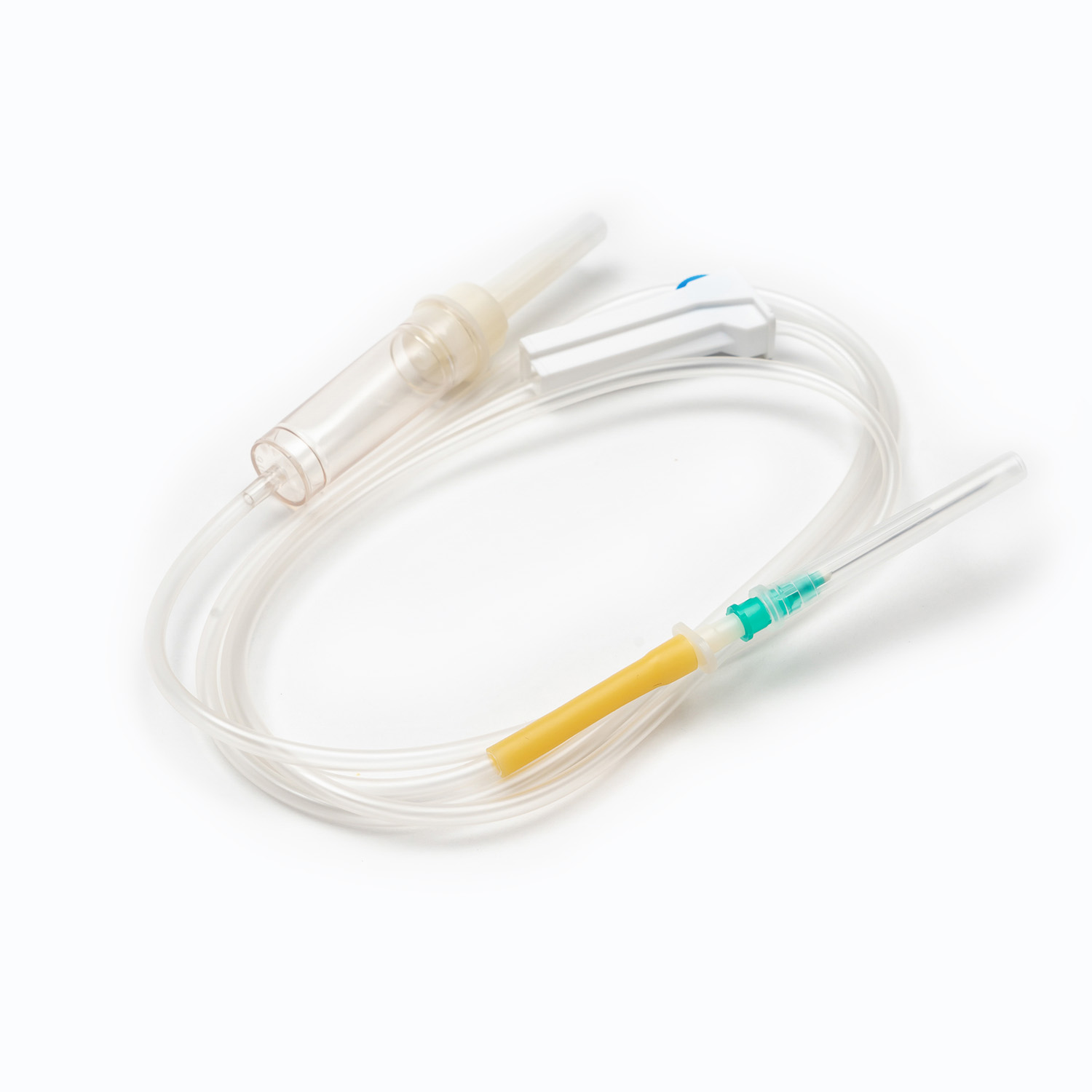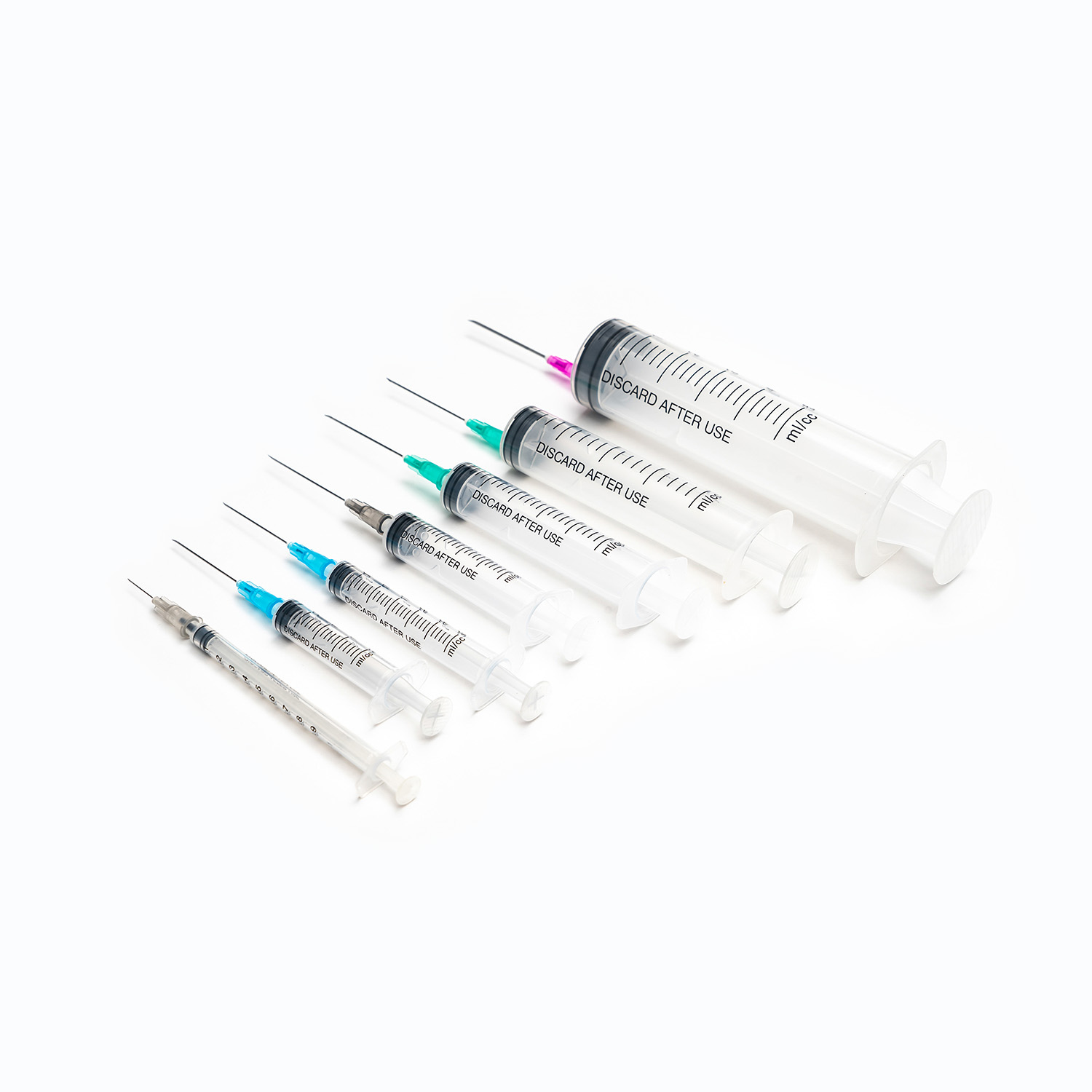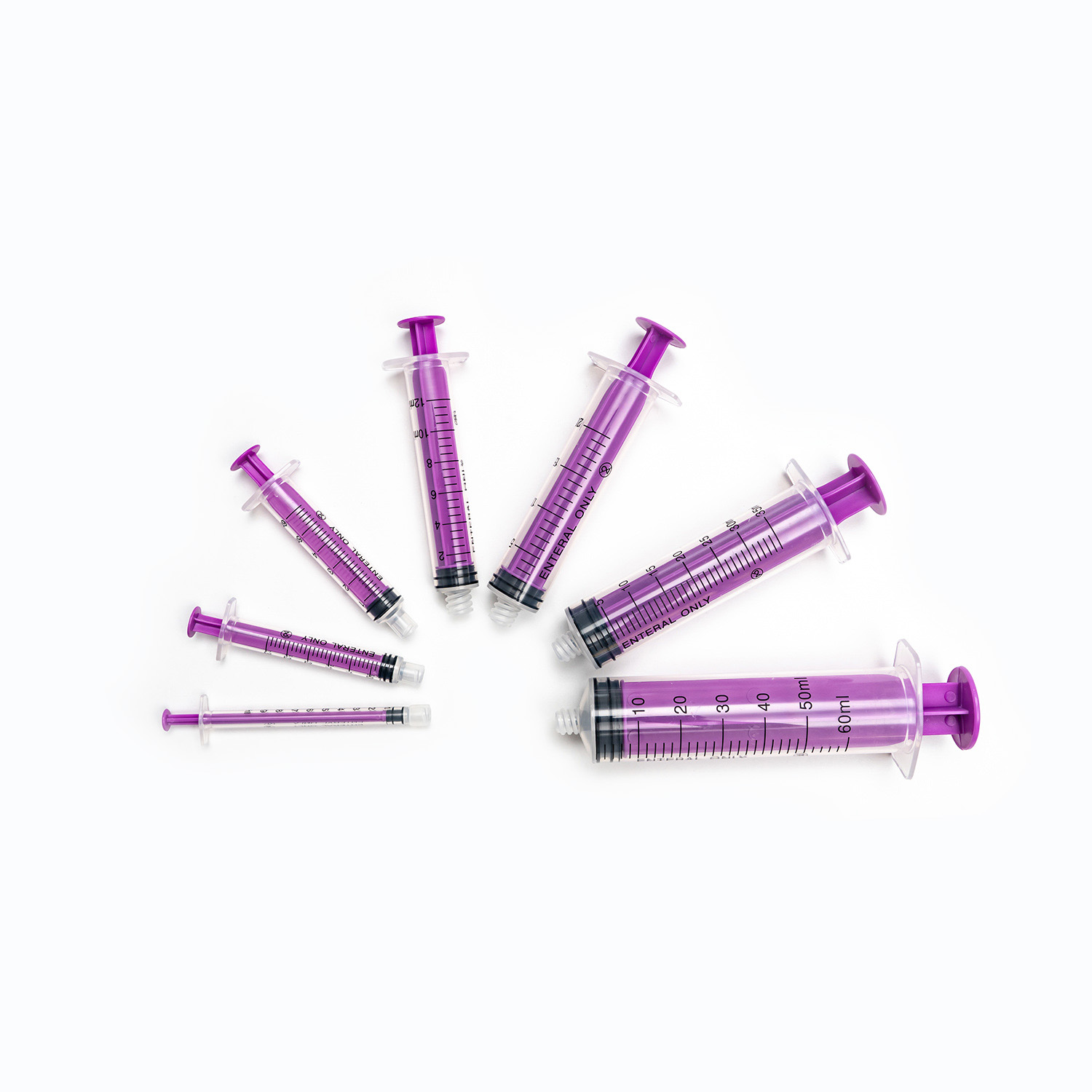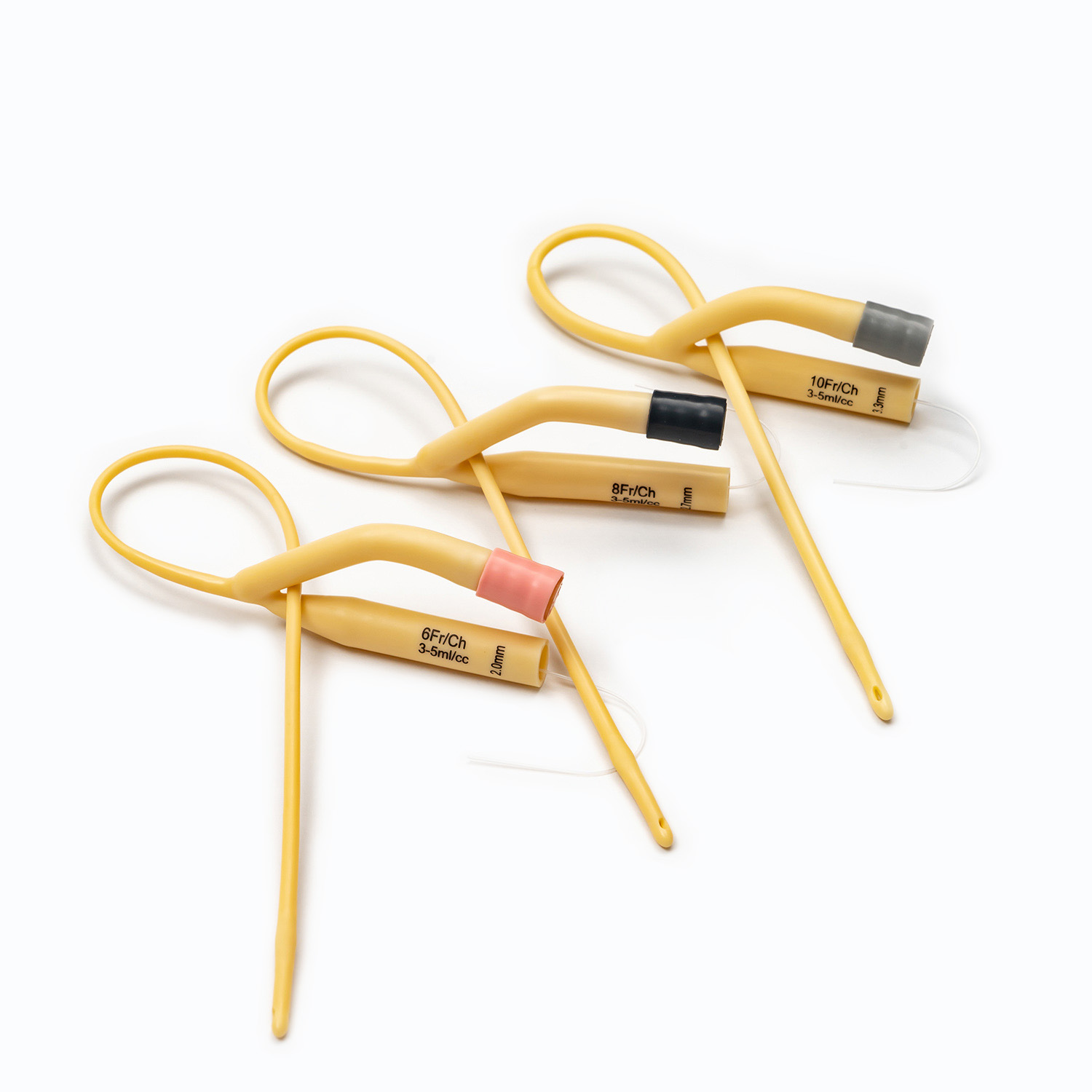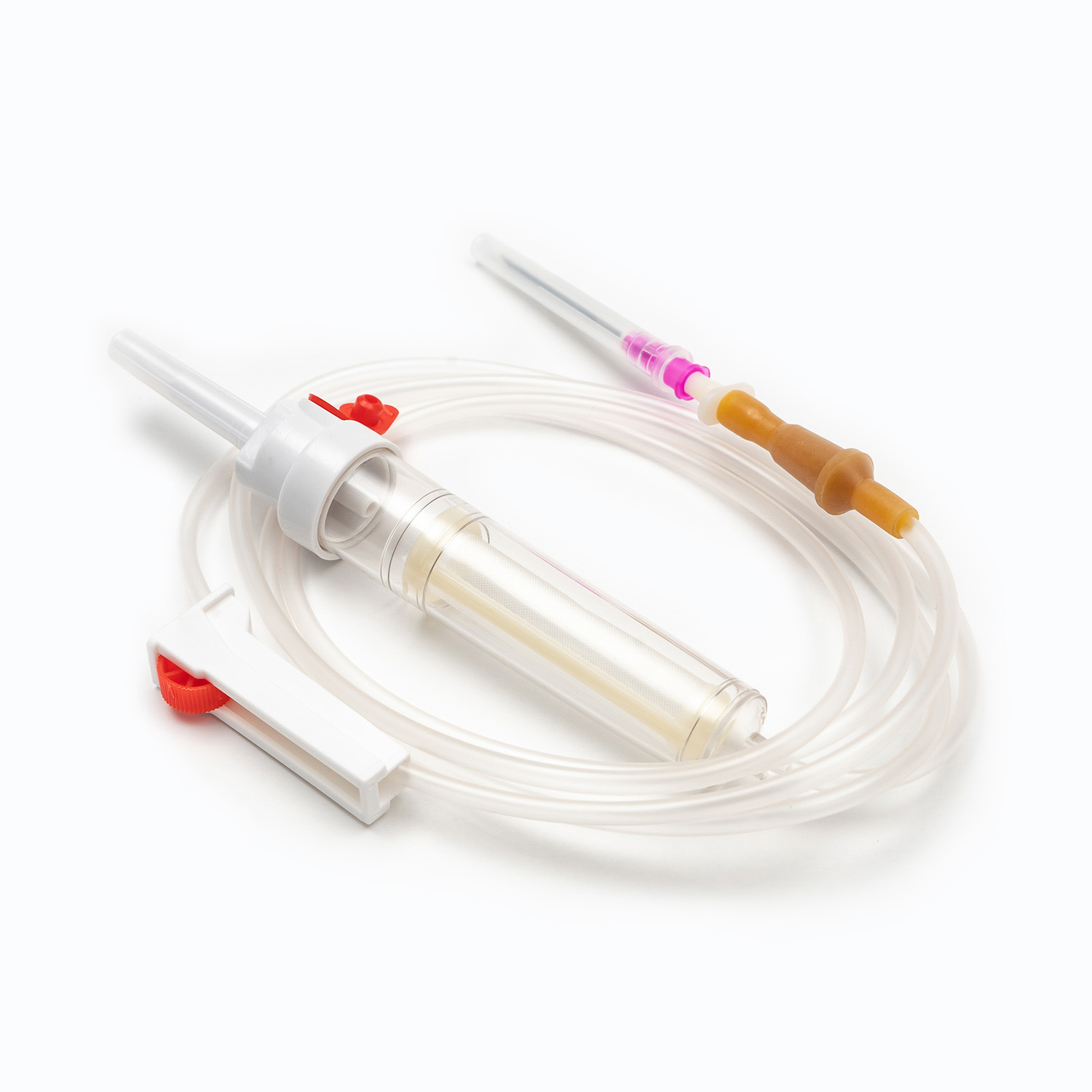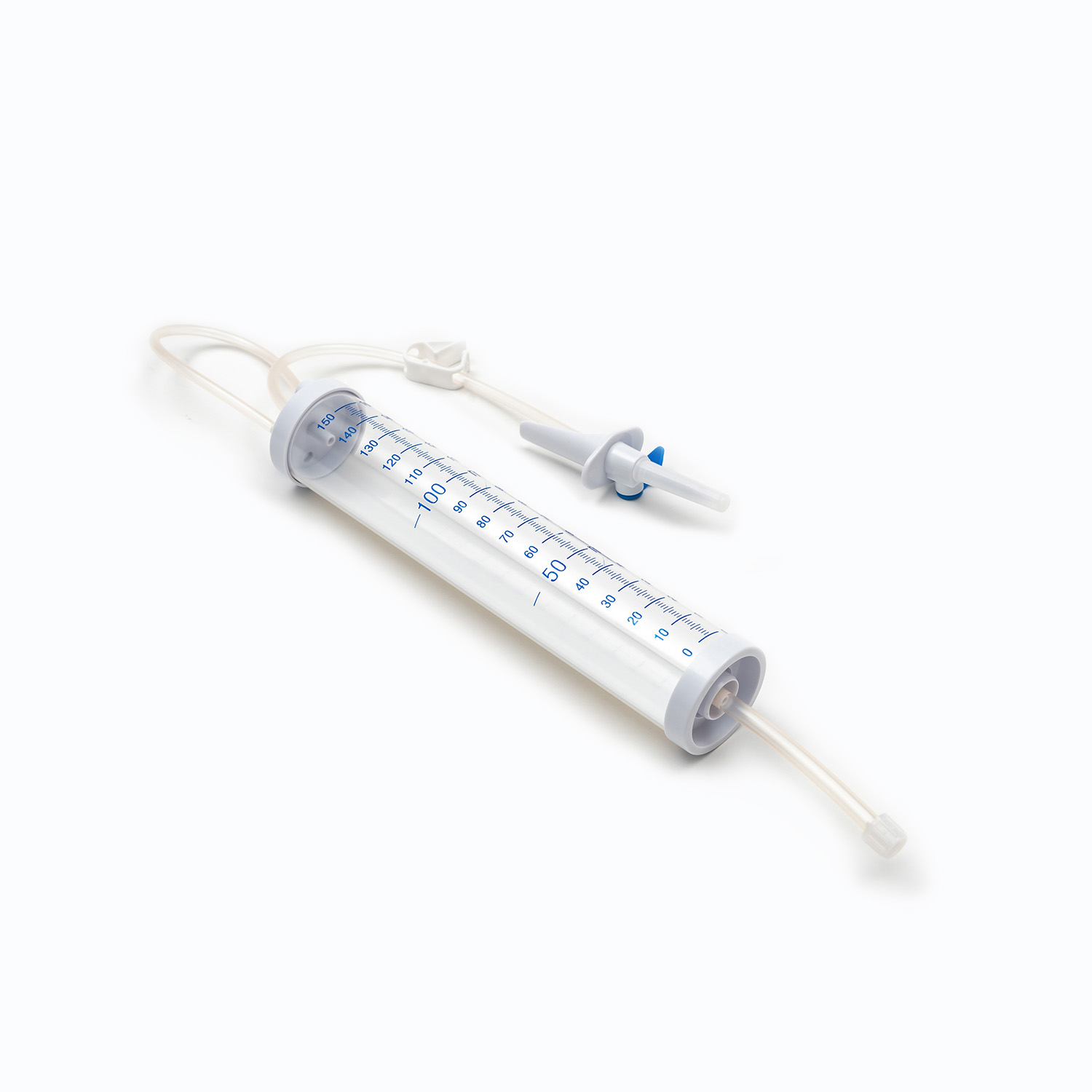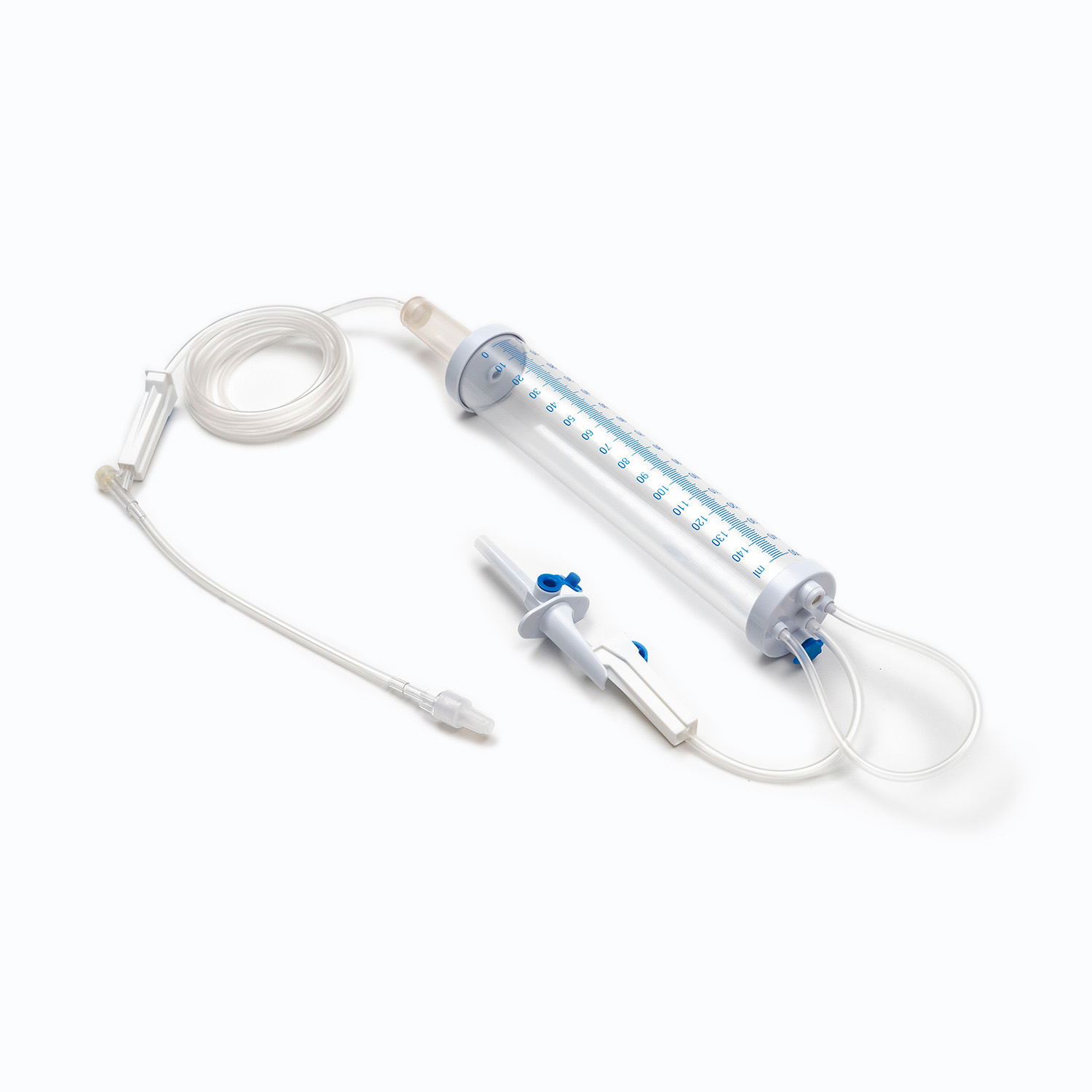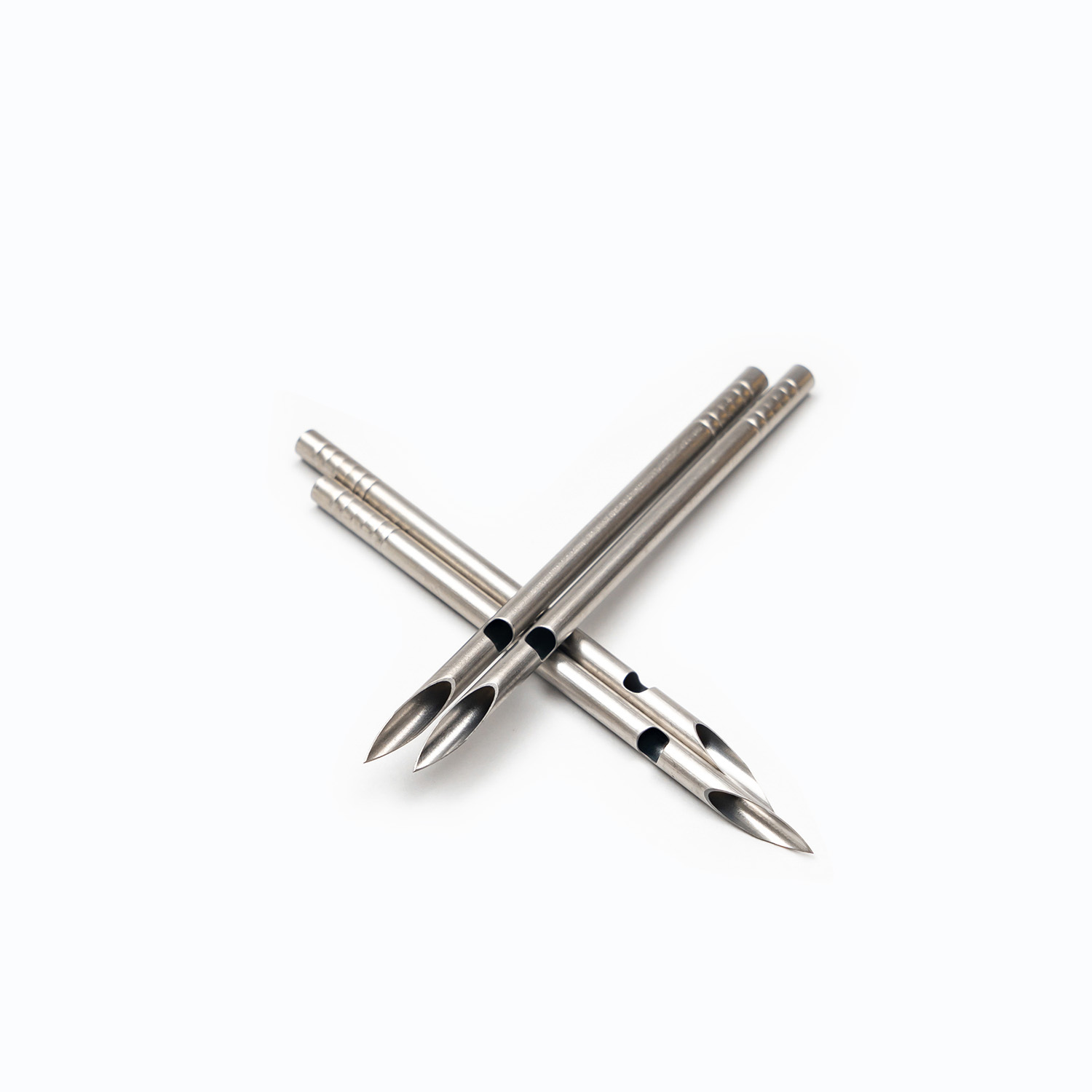The evolution of insulin syringes: From crude to high-tech, how does medical wisdom continue to break through?
Jul 01,2024
In the long history of human struggle against diabetes, the evolution of insulin syringes is undoubtedly a vivid portrayal of the progress of medical technology. From the initial crude tools to today's high-tech products, every change of insulin syringes embodies the wisdom and sweat of medical scientists, bringing safer, more convenient and accurate treatment methods to diabetic patients.
The history of insulin syringes can be traced back to the early days when insulin was discovered and used for clinical treatment. In the early 20th century, the invention of insulin brought hope for the treatment of type 1 diabetes, but how to effectively deliver this life-saving drug into the patient's body became an urgent problem to be solved. Early insulin syringes were mostly ordinary syringes with long and thick needles. Not only was the injection process painful, but it was also easy to cause problems such as intramuscular injection and inaccurate dosage. These defects greatly limited the popularity and effectiveness of insulin treatment.
With the continuous development of medical technology, syringes designed specifically for insulin injection came into being. In 1924, the insulin-specific syringe was successfully developed, which solved the problem of accuracy required for insulin injection. This milestone invention greatly improved the treatment effect and reduced the pain of patients. Since then, syringes have been continuously improved, such as adding scales and thinning needles, making the operation easier and safer.
By the middle of the 20th century, with the improvement of medical and health conditions and the increase in people's health awareness, disposable syringes began to be widely used. In 1952, the world's first disposable insulin syringe was born, which effectively avoided the risk of cross infection and further ensured the safety of patients. However, the large-scale use of disposable syringes also brought about the problem of environmental pollution, which triggered people's thinking about sustainable medical care.
In the 1980s, the emergence of insulin pens completely changed the face of insulin injection. This design that combines insulin drugs and injection devices into one is not only easy to carry, but also quick and accurate in injection, and also greatly improves patients' treatment compliance. The insulin pen uses a short and thin needle to reduce injection pain; the dosage selection has a sound prompt, which can be easily operated even by patients with visual impairment. Today, the insulin pen has become one of the widely used insulin injection devices in clinical practice.
Although the insulin pen has achieved great success, medical scientists have not stopped there. They continue to explore more advanced and humane injection methods. The emergence of needle-free injection technology is the crystallization of this exploration. The needle-free syringe uses the principle of high-pressure injection to inject insulin droplets through the skin surface into the subcutaneous tissue at a very fast speed, achieving painless injection. This technology not only eliminates the patient's fear and pain of needles, but also avoids the risk of infection caused by needle contamination or reuse.
The evolution of insulin syringes is a road full of challenges and innovations. From the initial crude tools to today's high-tech products, every change embodies the wisdom and sweat of medical scientists. We have reason to believe that in the future, insulin syringes will continue to bring safer, more convenient and accurate treatment methods to diabetic patients to help them better control their condition and enjoy a healthy and beautiful life.



 English
English Français
Français русский
русский Español
Español





